Introduction to Chess Piece Movements
Chess, known as the game of kings, has deep historical roots and offers profound strategic depth. Understanding how each piece moves is the foundational step in mastering the game. This guide details the capabilities and movement rules for each type of chess piece, allowing players to strategize effectively.
Chess Pieces and Their Moves
A standard chess set includes six types of pieces—king, queen, rook, bishop, knight, and pawn. Each has unique moves.
The King
The king is the most important piece. It can move one square in any direction—forward, backward, sideways, or diagonally. There are also special moves involving the king, such as castling, where the king moves two squares towards a rook on the player's first rank, then that rook moves to the square over which the king crossed.
The Queen
The queen is the most powerful piece on the board. She can move any number of squares in any direction - horizontally, vertically, or diagonally. This range and versatility make the queen pivotal in both offence and defence.
The Rook
The rook can move any number of squares, but only forwards, backwards, or sideways. It plays a crucial role in castling and often participates in controlling vital rows and columns on the board.
The Bishop
The bishop moves diagonally for any number of squares. It is confined, however, to squares of only one color throughout the game. Having bishops positioned on both color squares is advantageous, creating a dynamic called 'bishop pair'.
The Knight
The knight has a distinctive L-shaped move—it goes two squares in one horizontal or vertical direction and then one square perpendicular. Knights can jump over other pieces, which allows them to wield control over the board from the beginning.
The Pawn
Pawns move straight forward but capture diagonally. On its first move, a pawn can move one or two squares forward. The en passant rule enables a pawn that just moved two squares forward from its starting position to be captured by an opponent’s pawn that could have captured it had it moved only one square. This must be done immediately following the two-square move. Moreover, when a pawn reaches the far end of the board, it can be promoted to any other piece (typically a queen).
Special Chess Moves
In addition to standard moves, there are a few special actions in chess that involve specific conditions and piece interactions.
Castling
As mentioned briefly under the king's movements, castling involves both the king and the rook. It’s performed under certain conditions: no pieces between the king and the rook, neither piece has moved prior, and the squares the king crosses must not be under attack. This move helps protect the king and connect the rooks.
En Passant
An en passant capture can be performed by a pawn against an opponent’s pawn that moves two squares forward from its original position to a square beside the capturing pawn. This must be done immediately after the opposing pawn makes the two-square move.
Promotion
When a pawn reaches the opposite end of the board, it can be promoted to any other piece, usually a queen for its powerful capabilities. This can significantly alter the dynamics of the game.
Conclusion
Understanding each chess piece’s movements sets the stage for deeper strategic insights and more enjoyable gameplay. By mastering these basics, players can anticipate opponents' moves and devise counters, gradually honing their skill to maneuver through complex chess landscapes.
Explore our large collection of luxurious chess sets!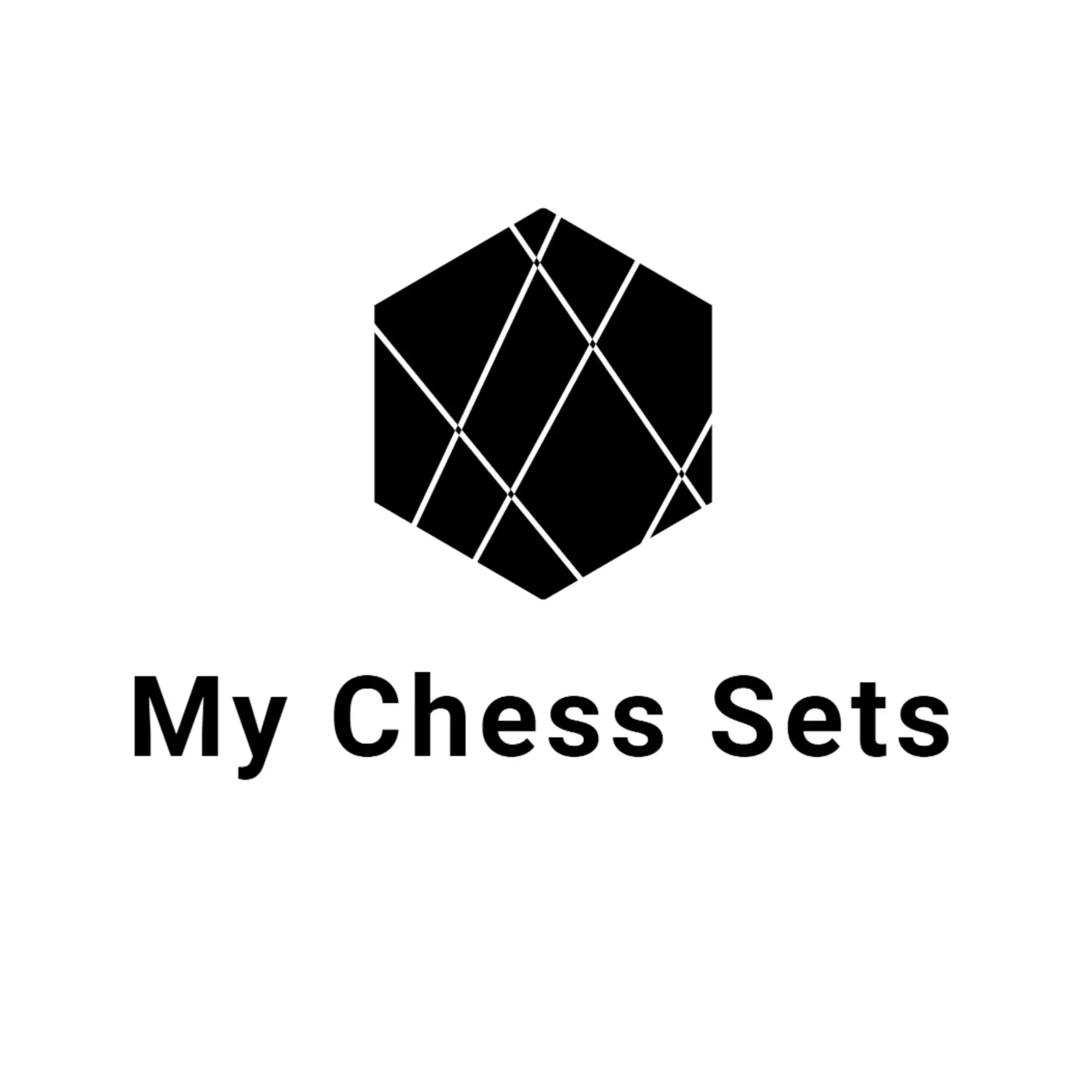
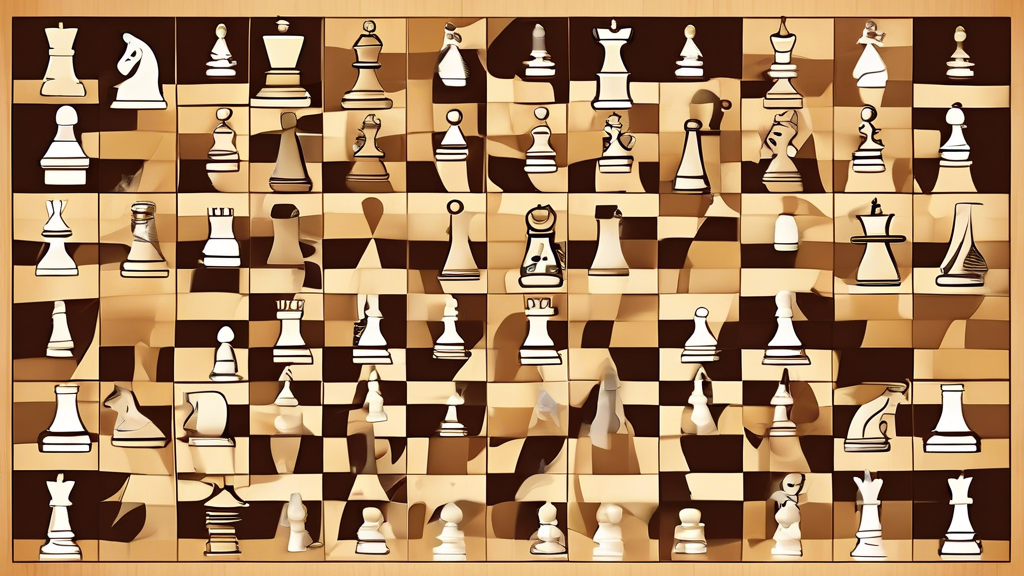
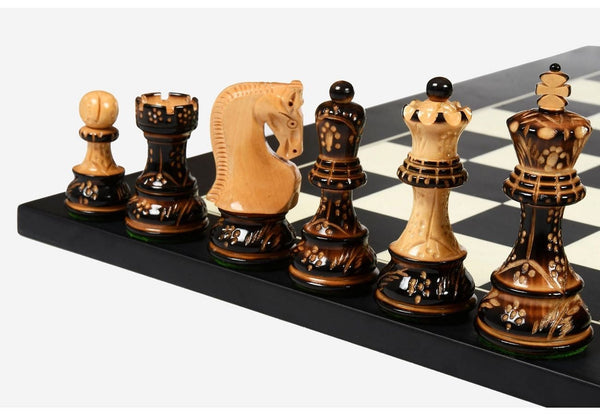

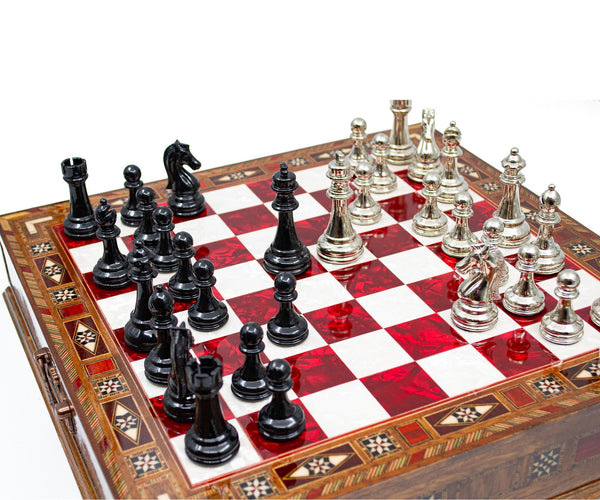
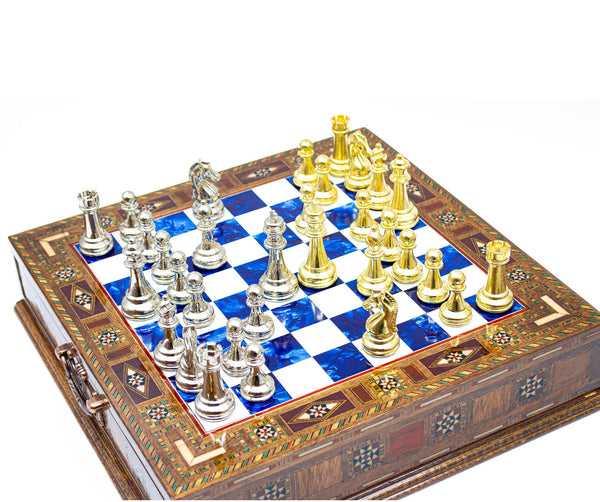
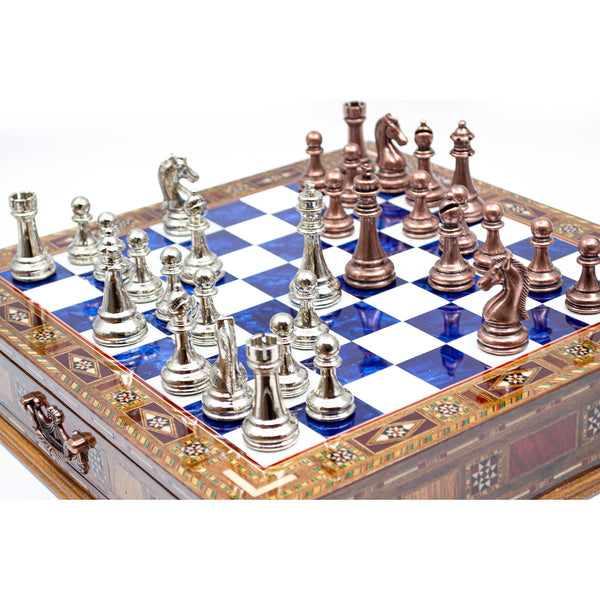
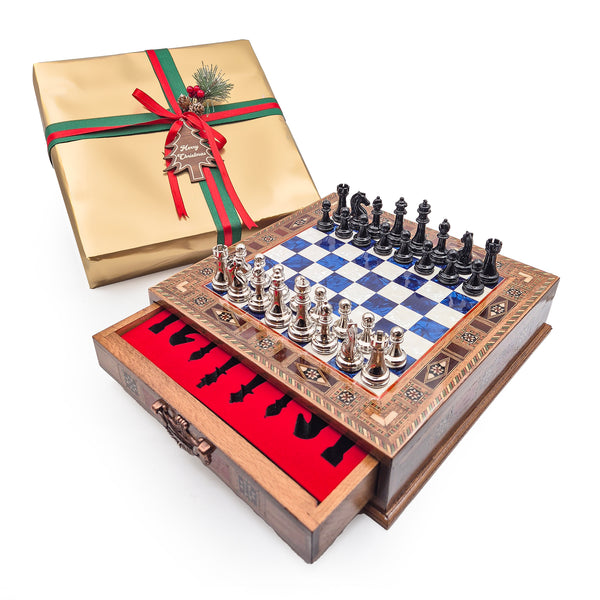
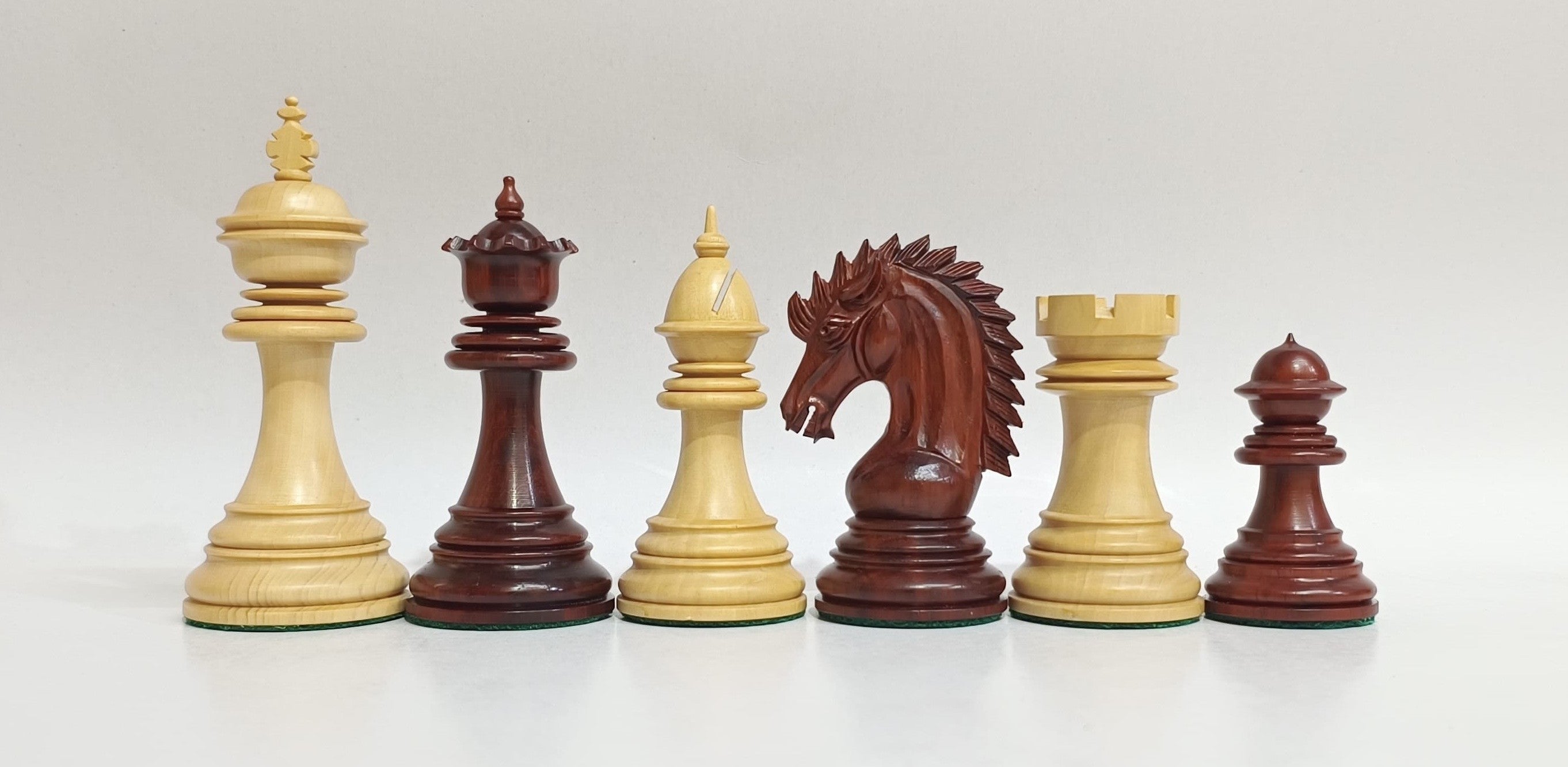
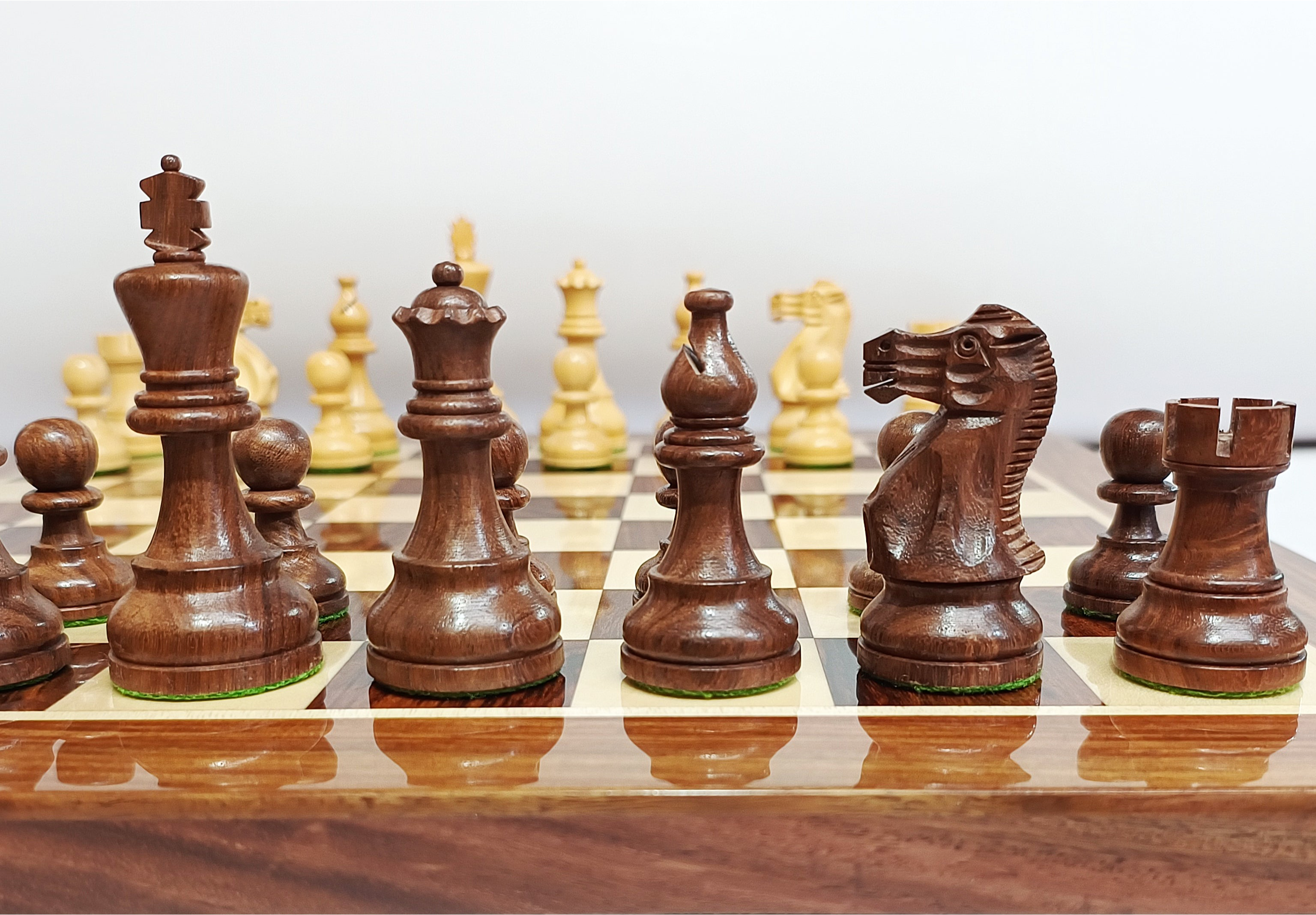

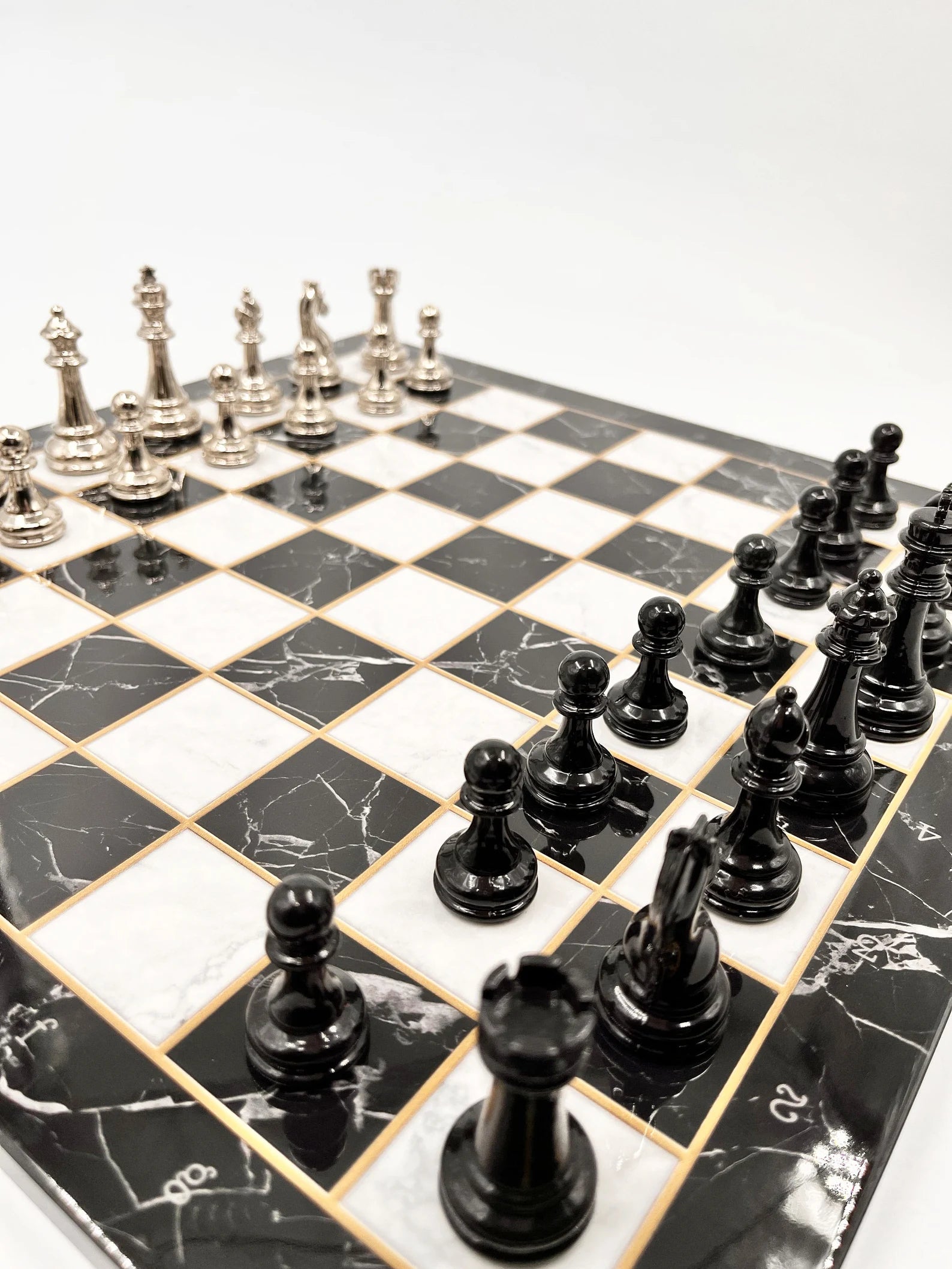


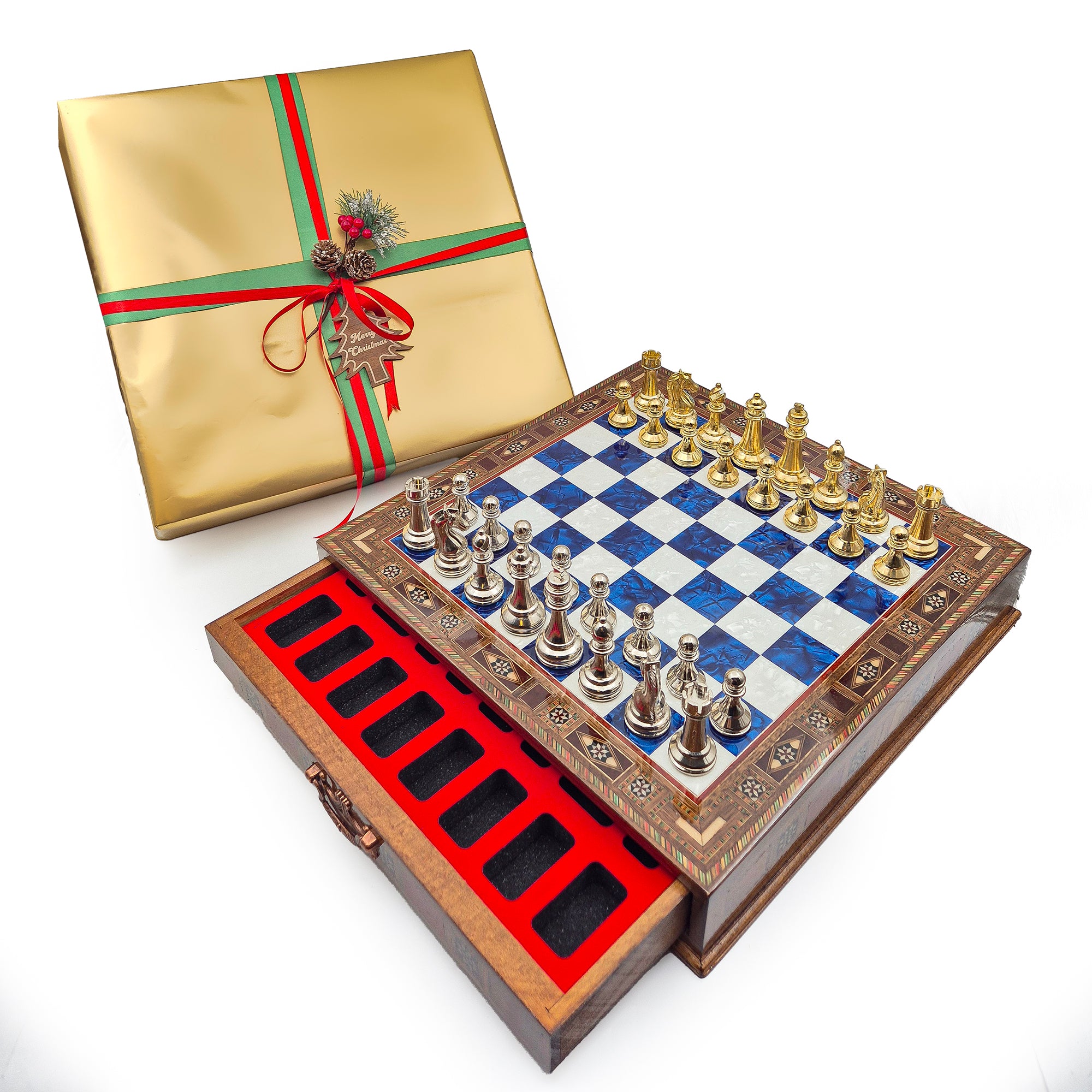

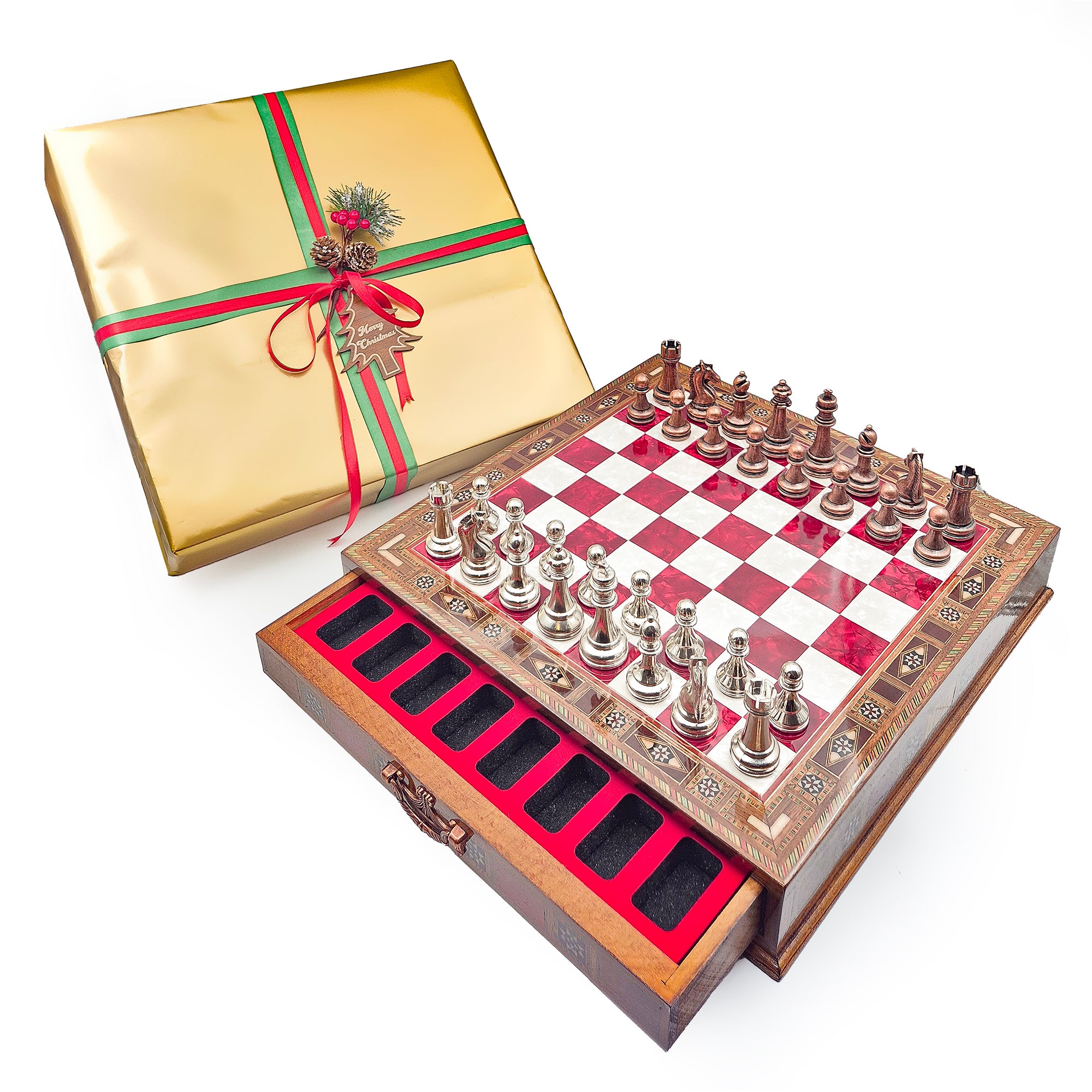
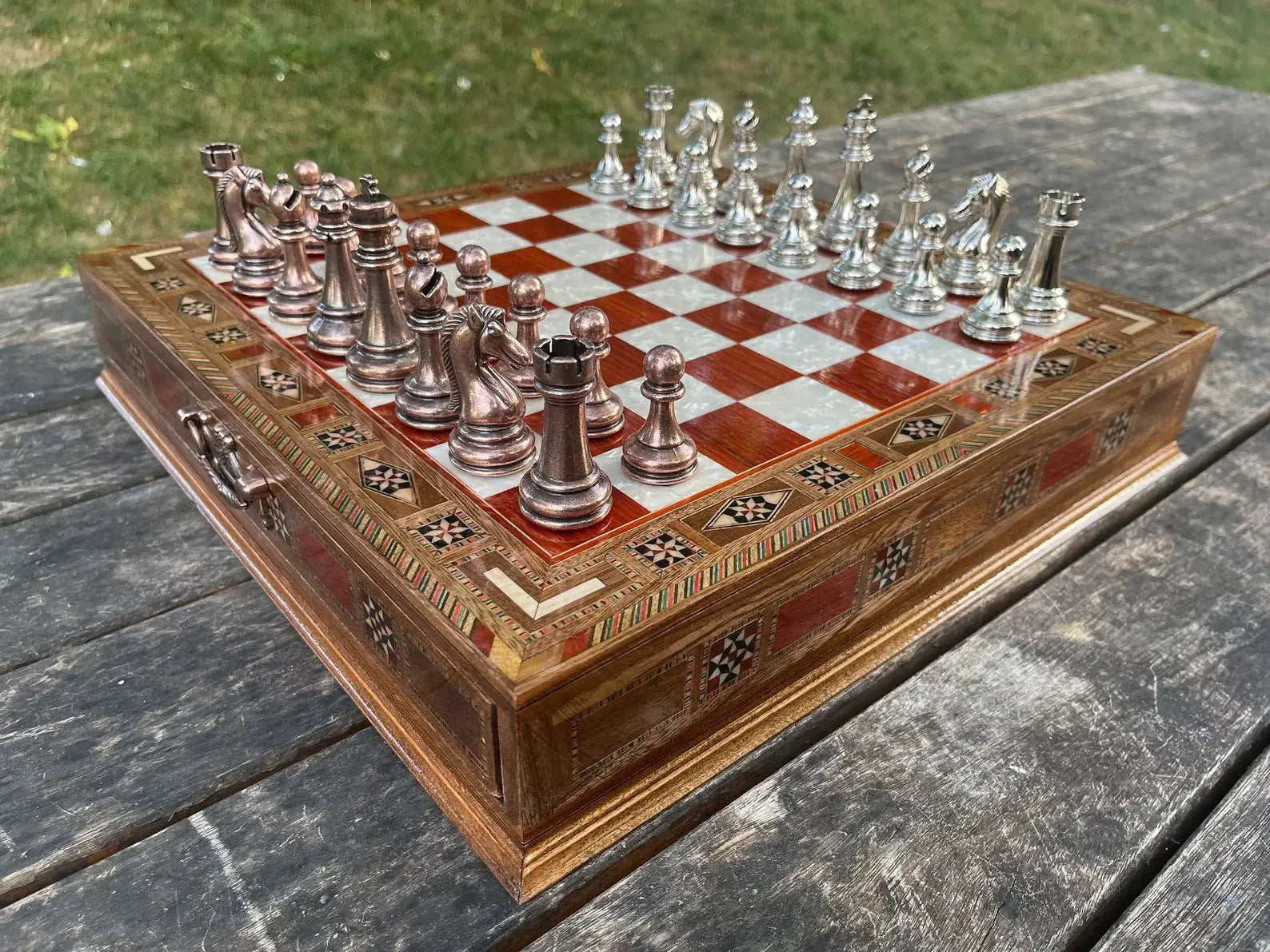
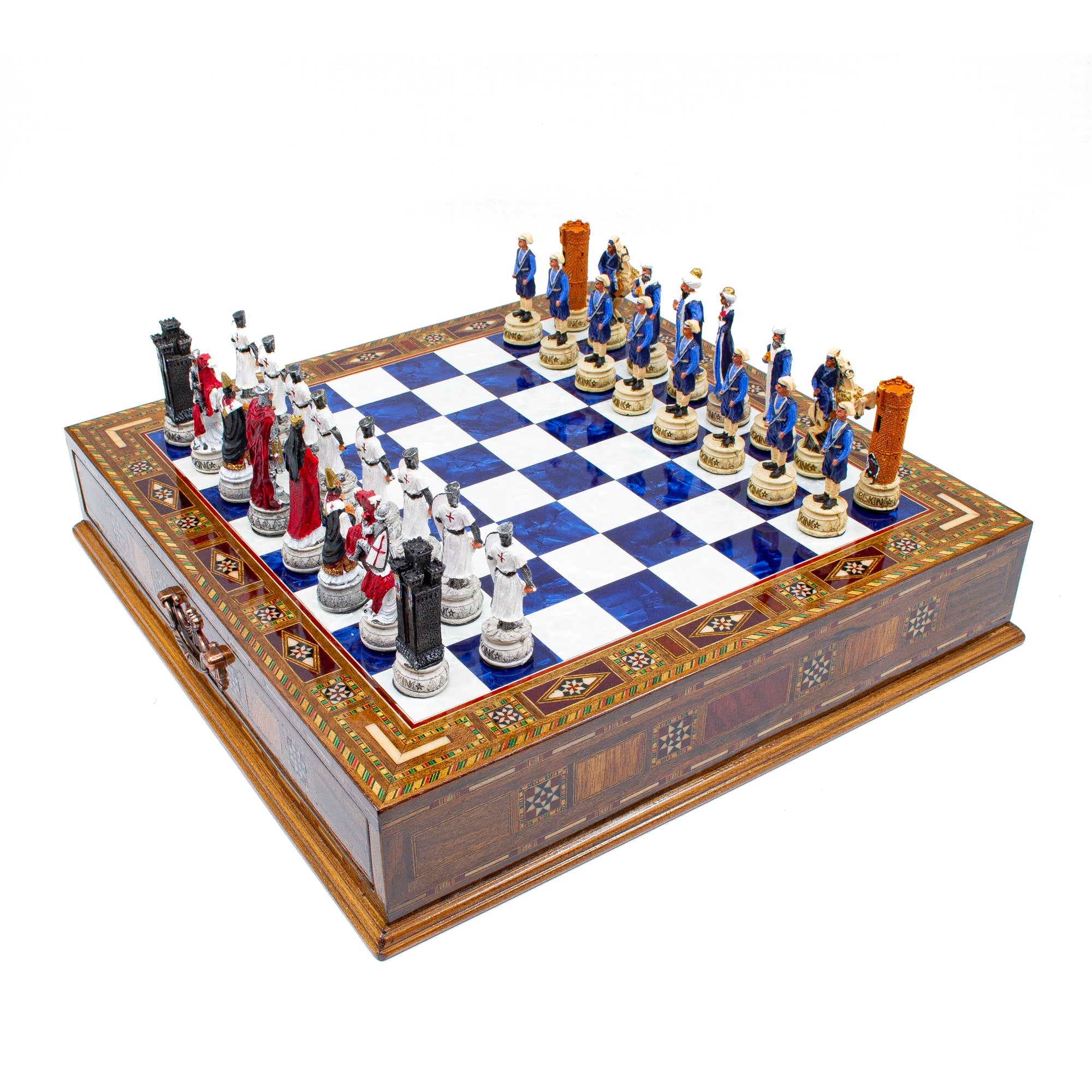
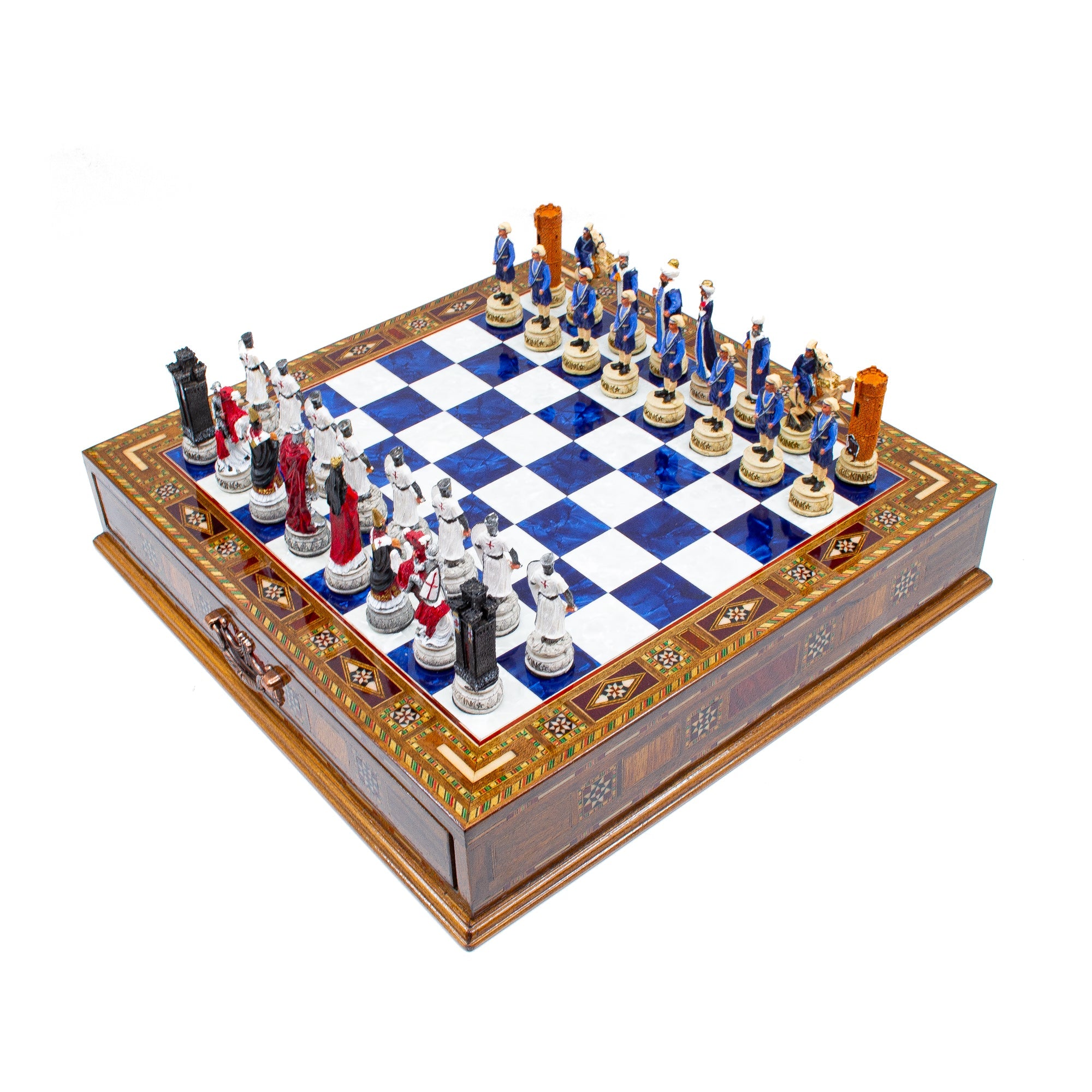
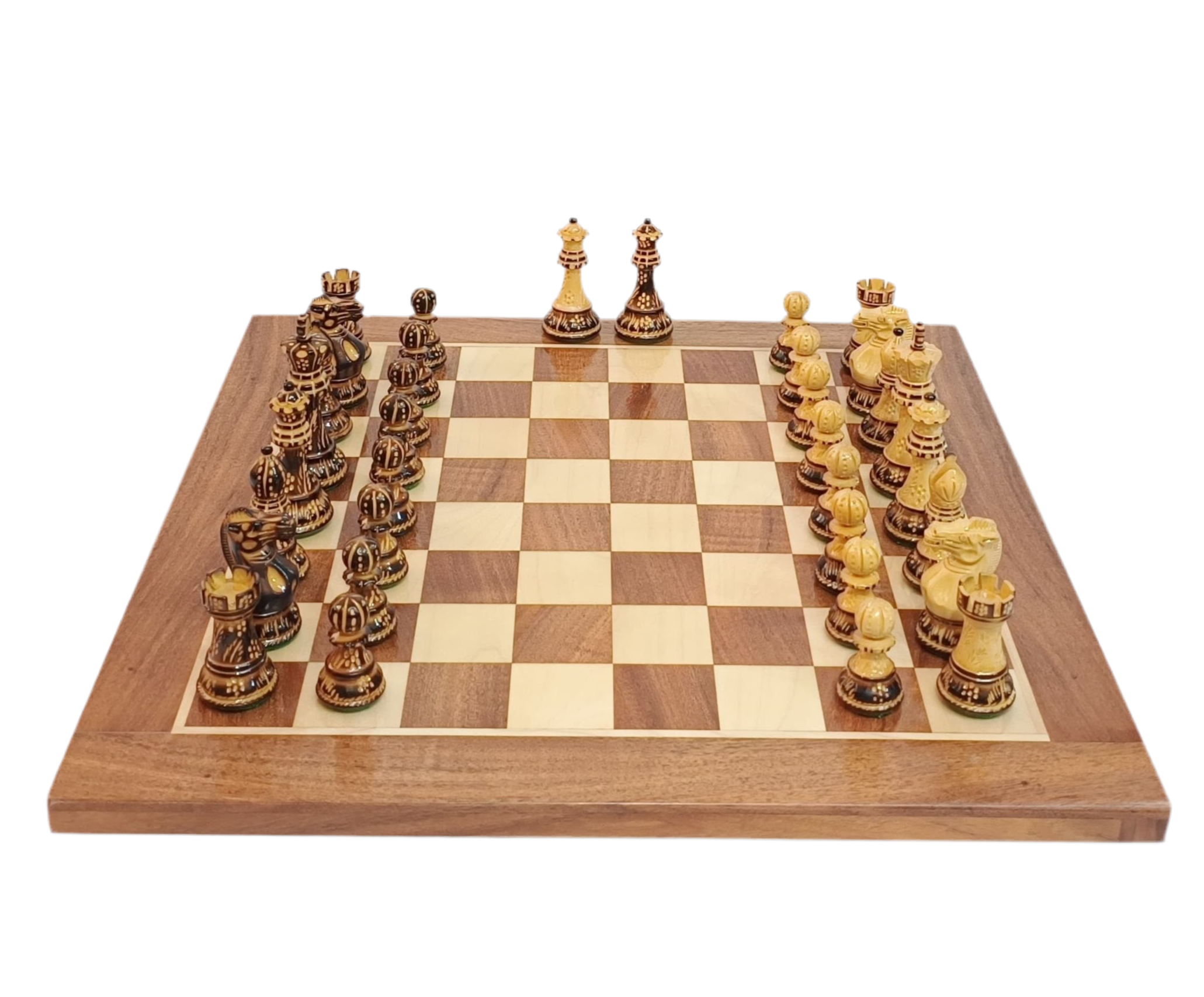
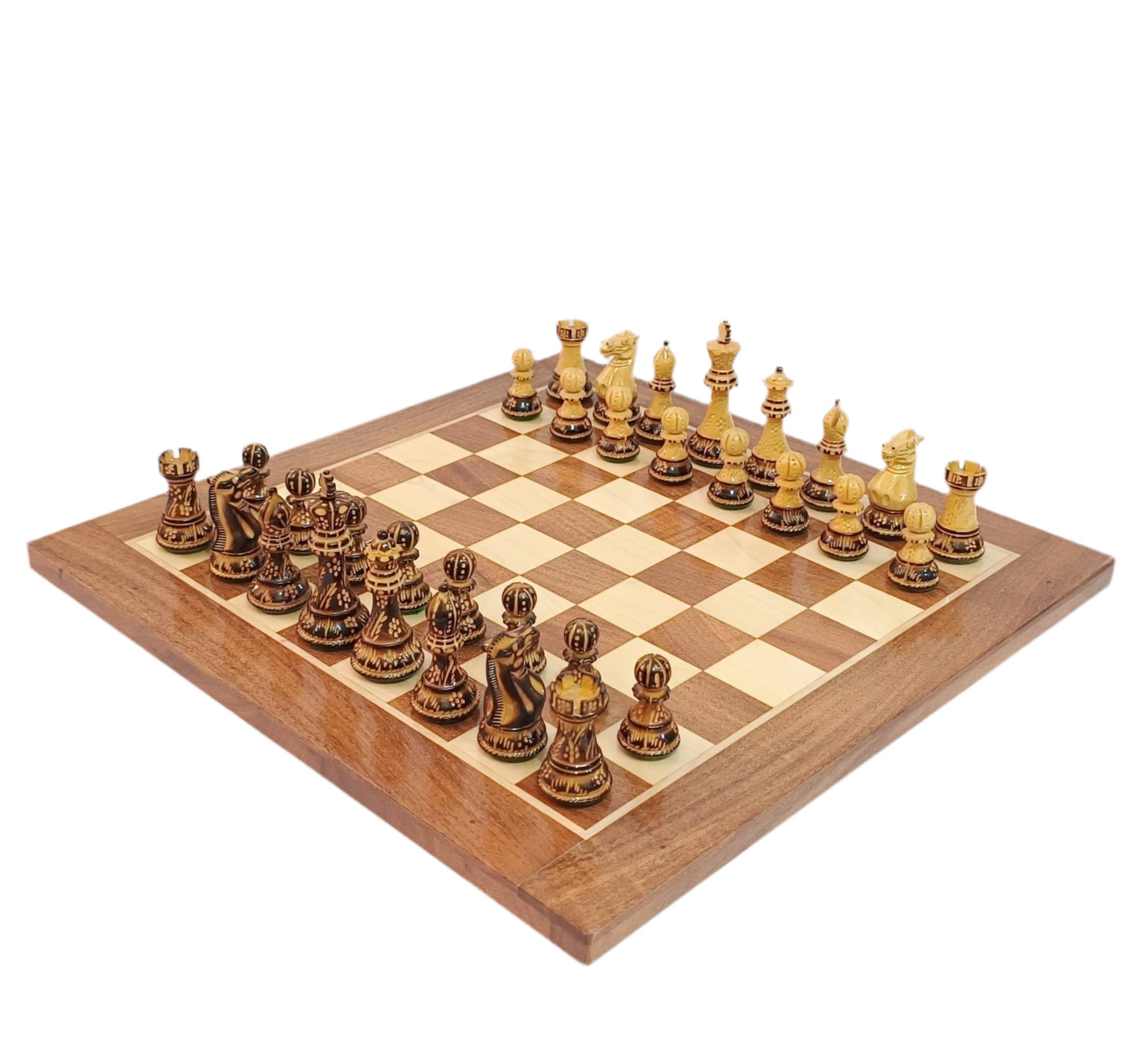

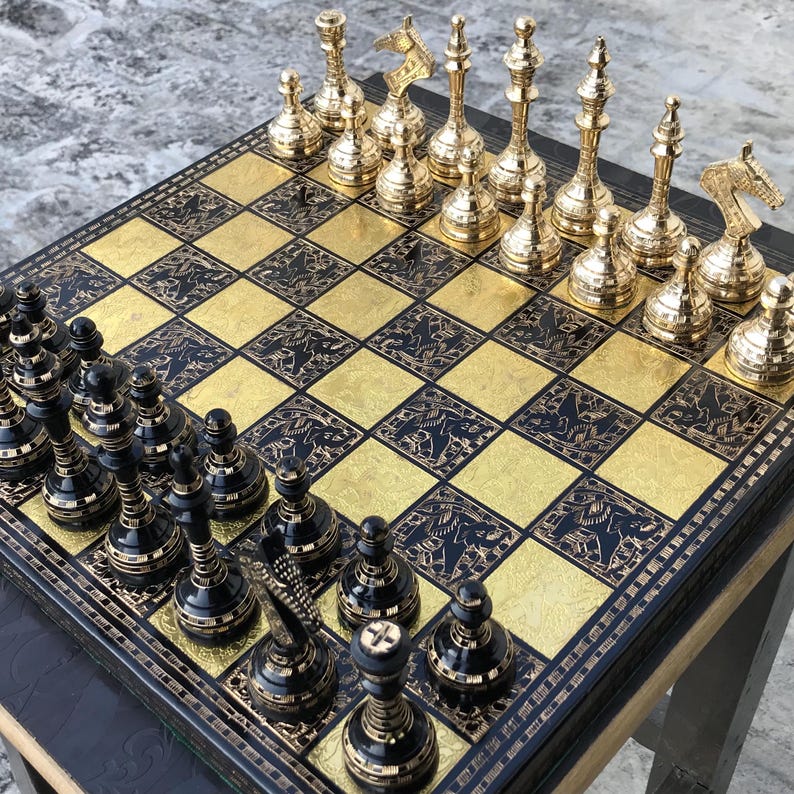


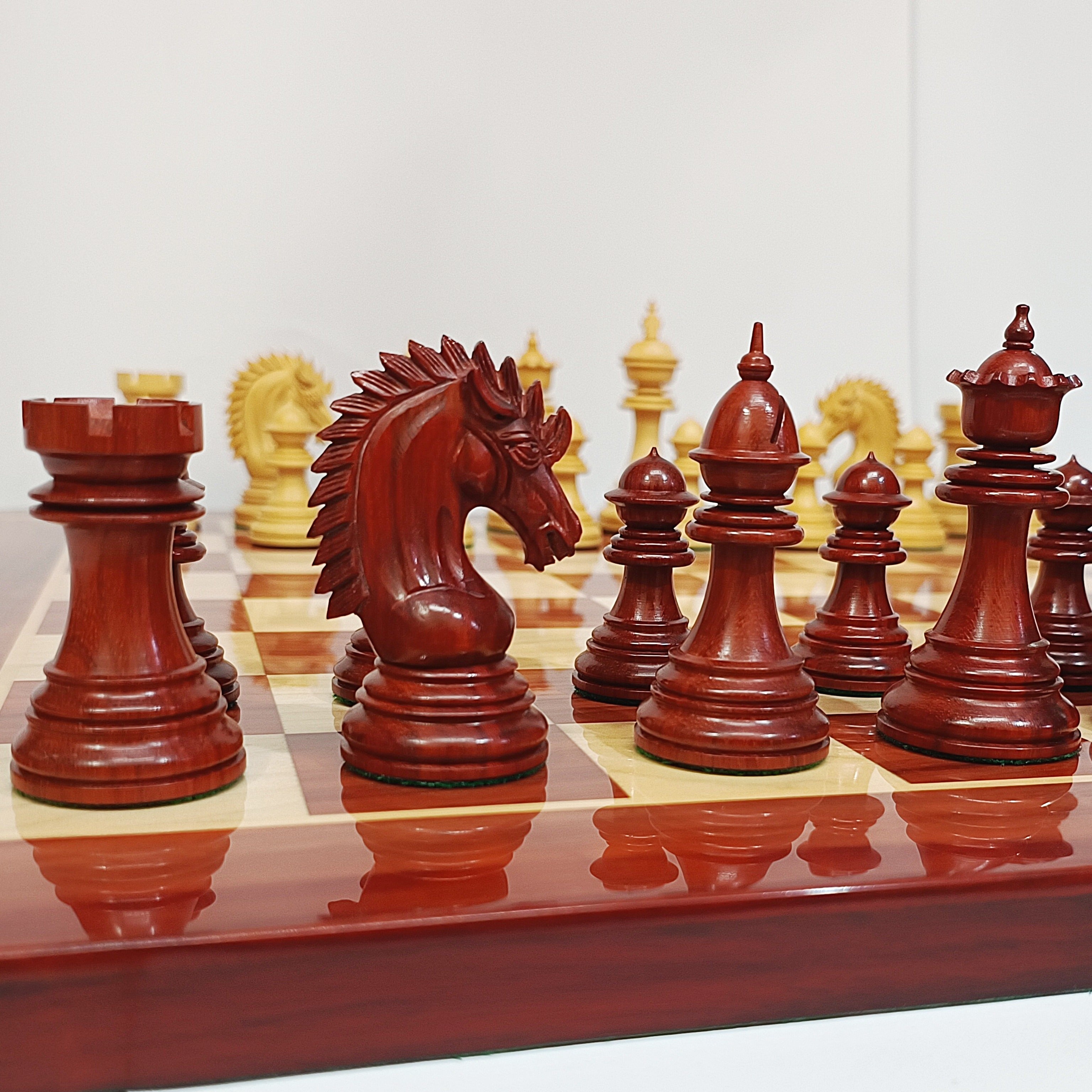
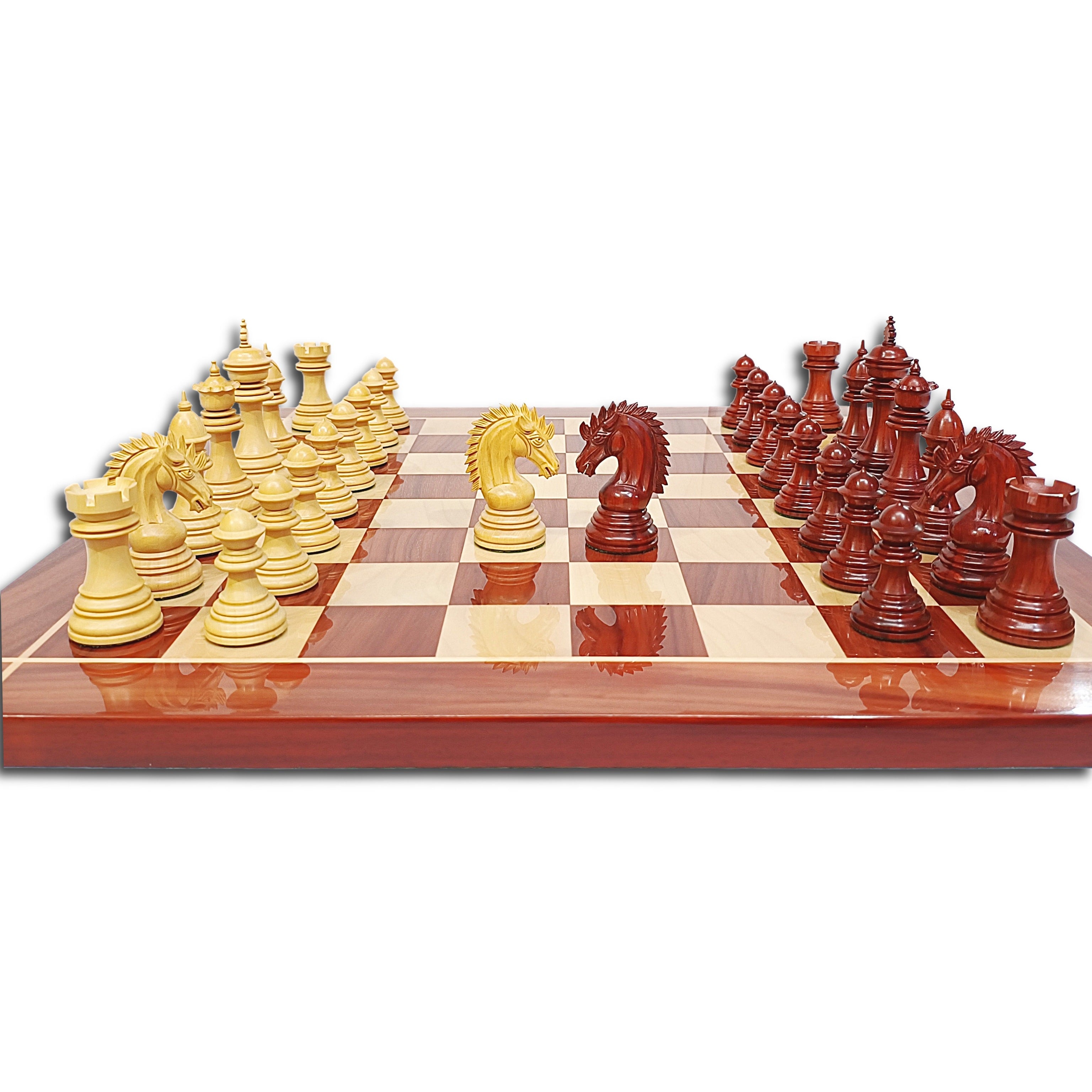
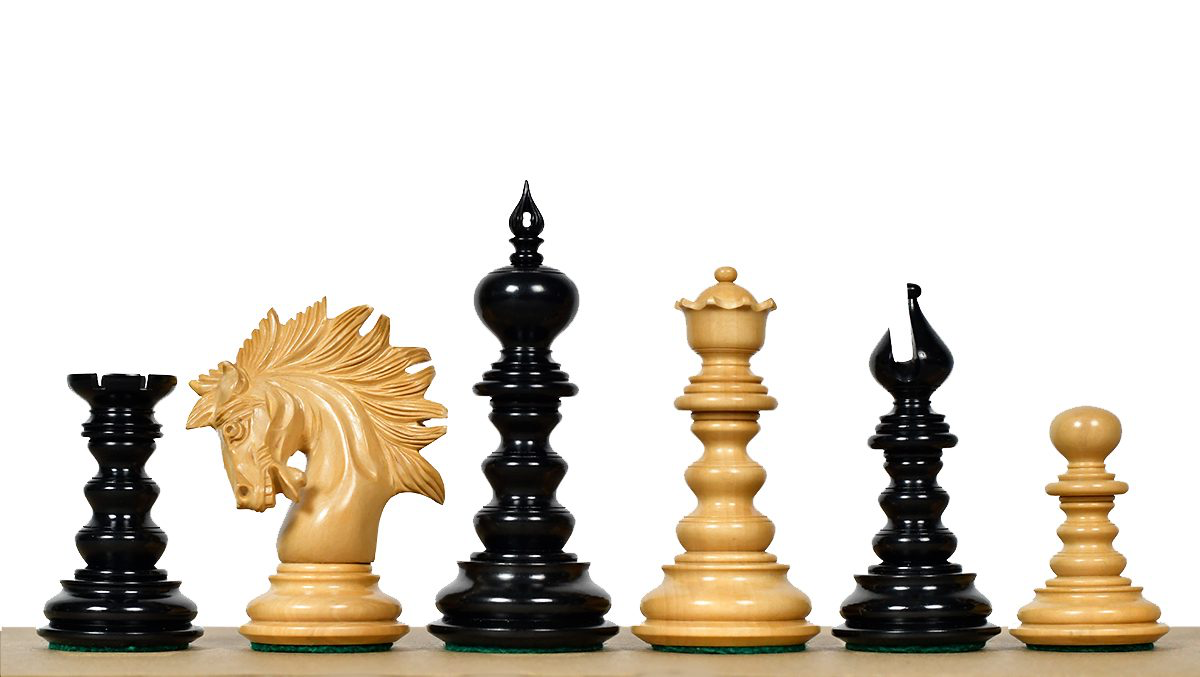
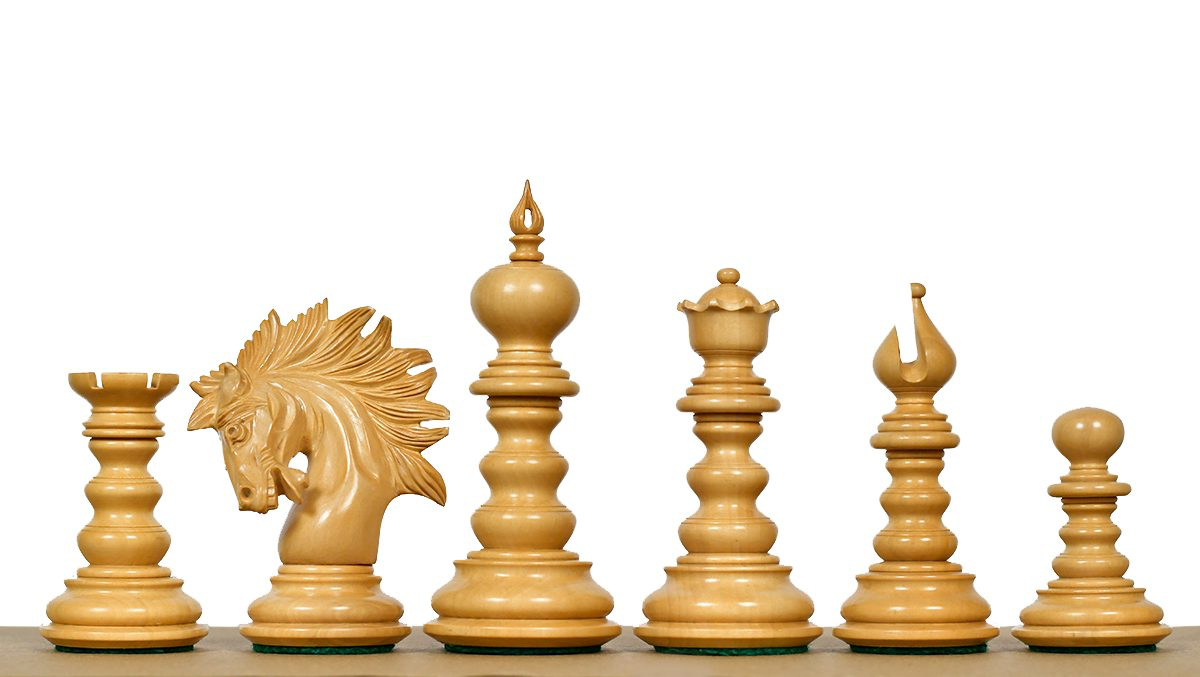



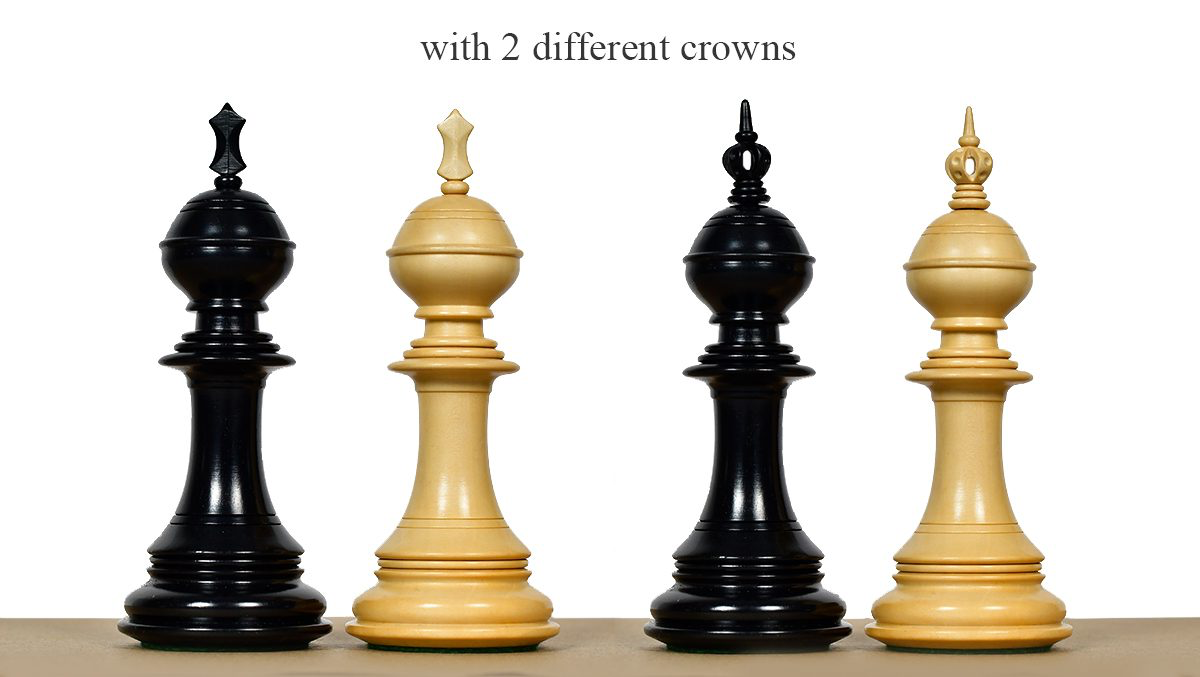

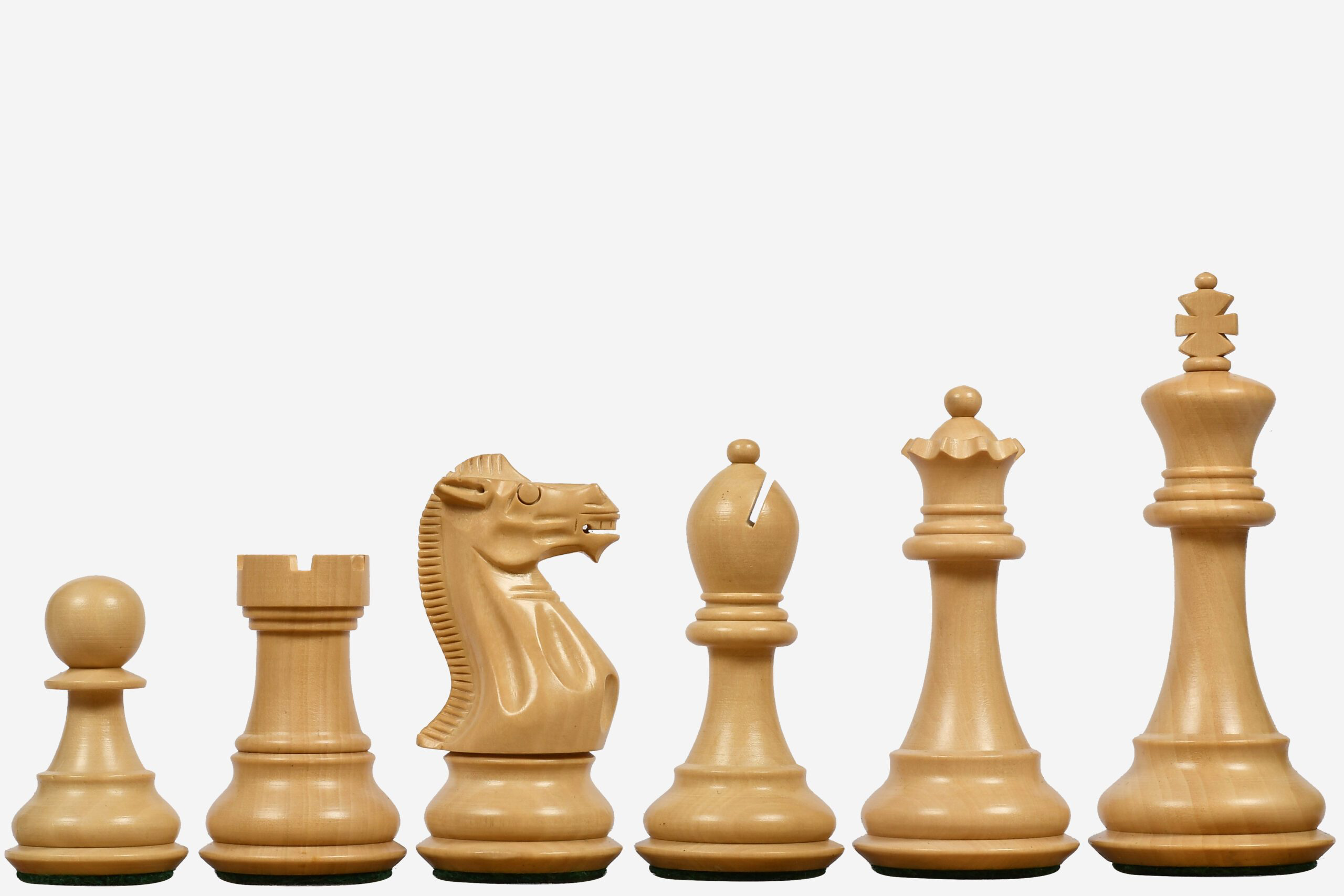
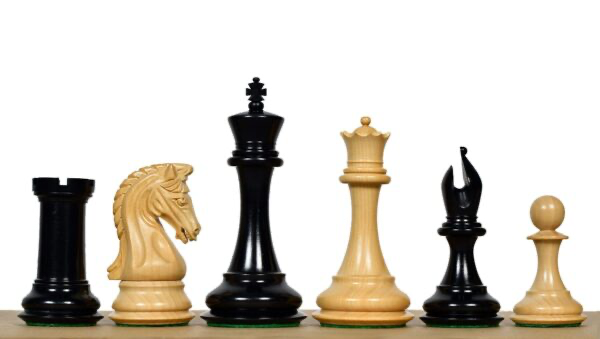
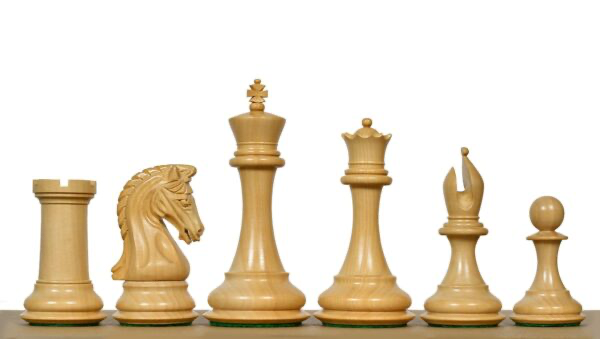
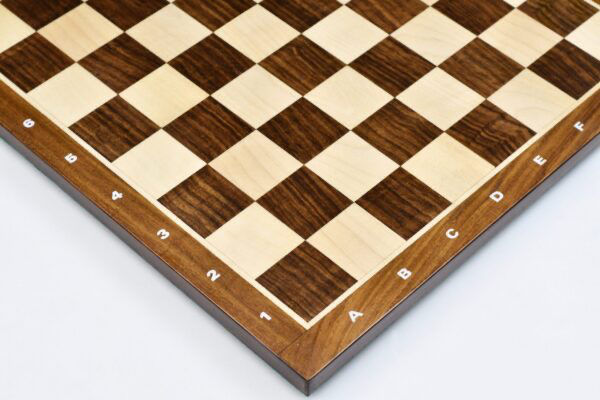
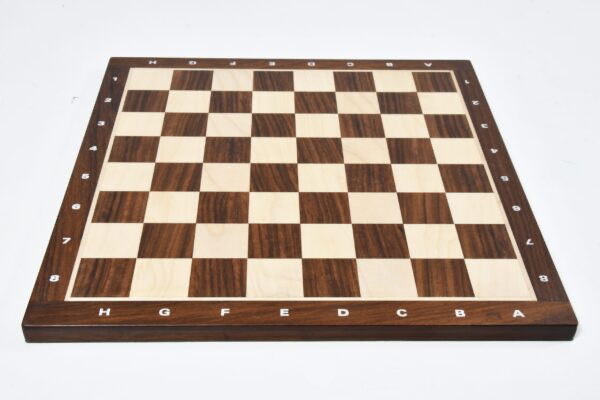
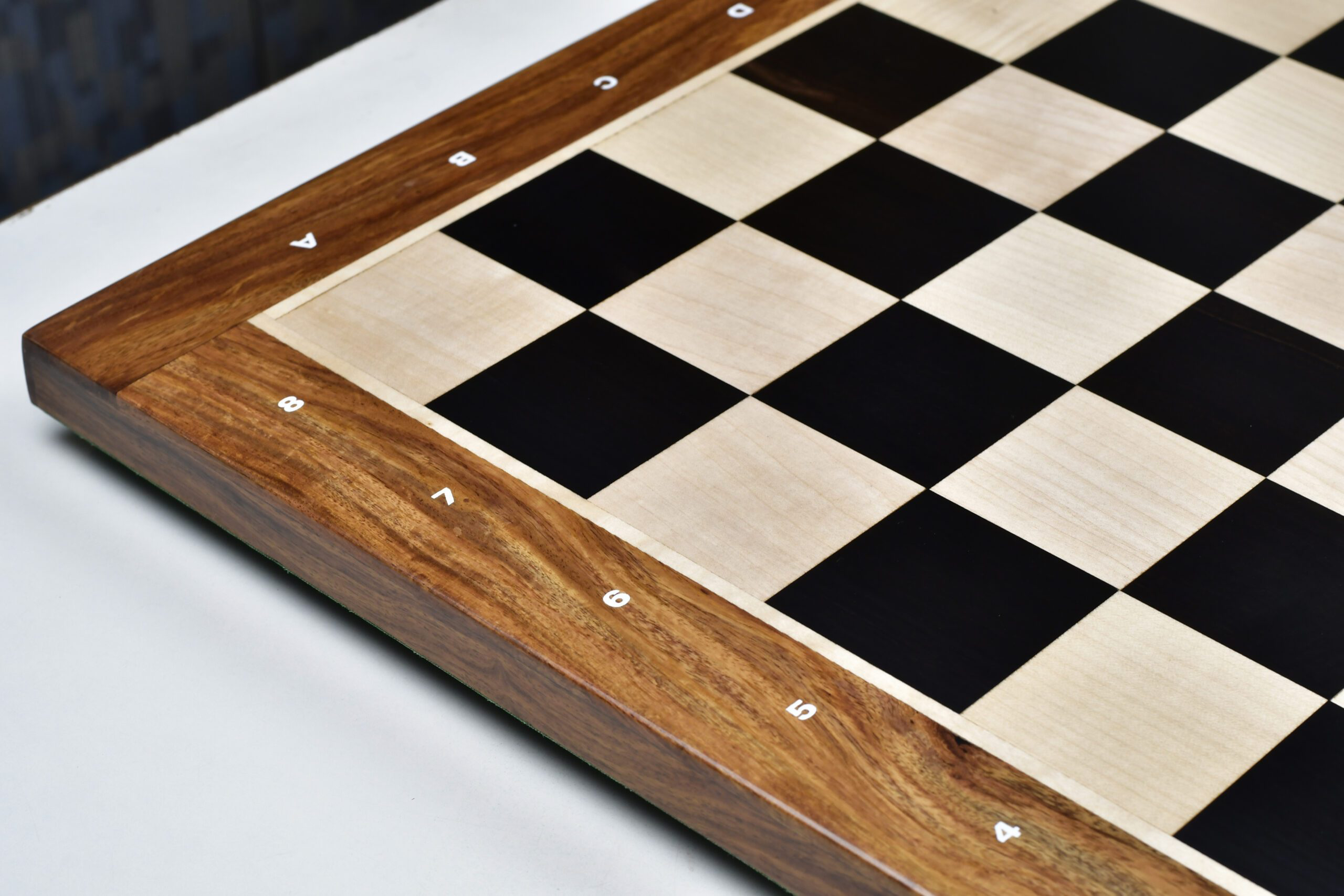
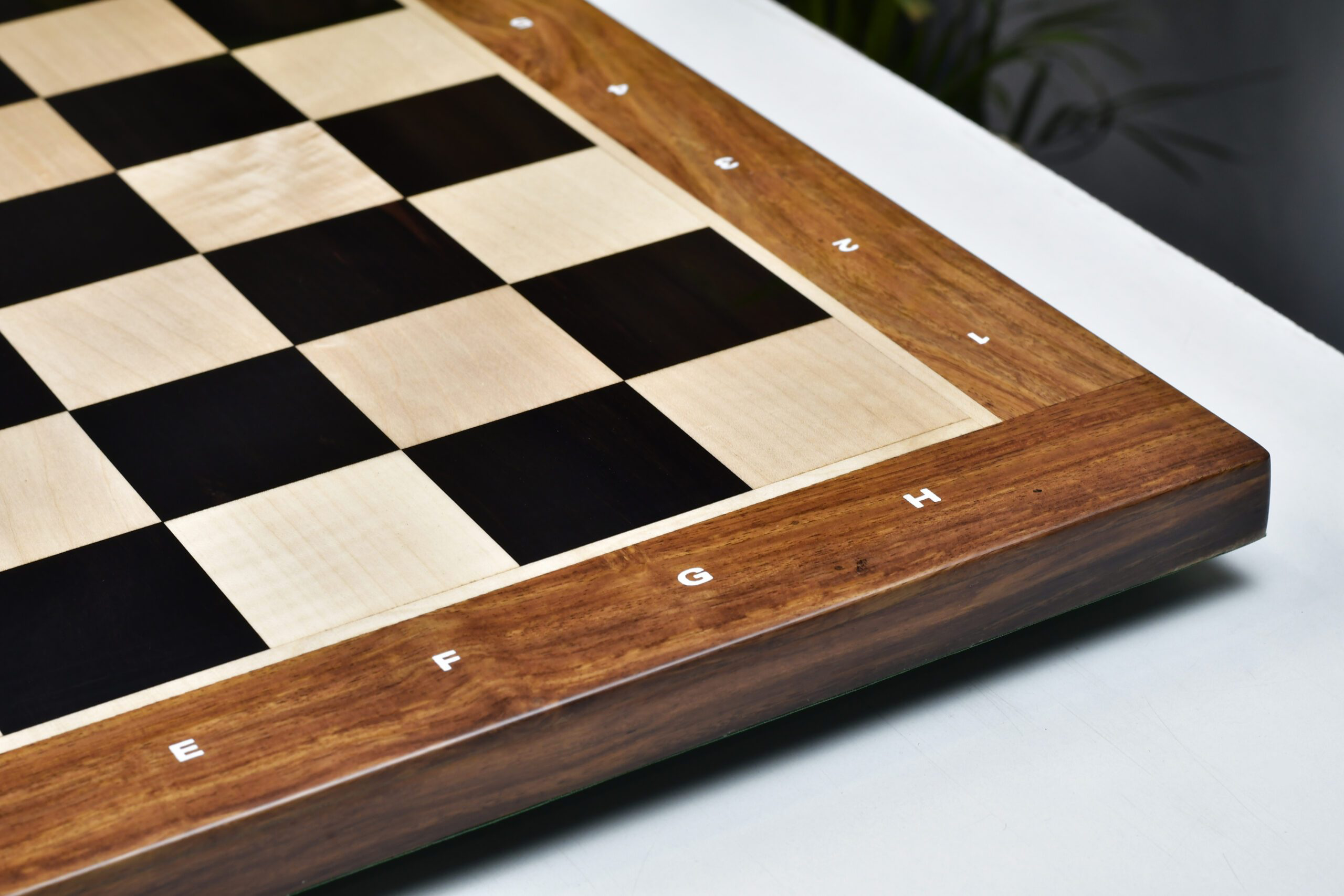


Leave a comment
All comments are moderated before being published.
This site is protected by hCaptcha and the hCaptcha Privacy Policy and Terms of Service apply.